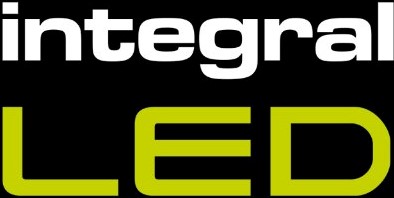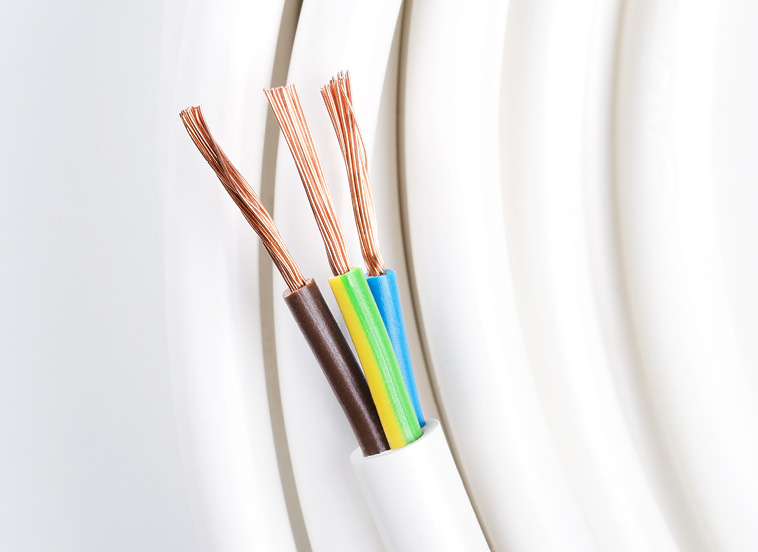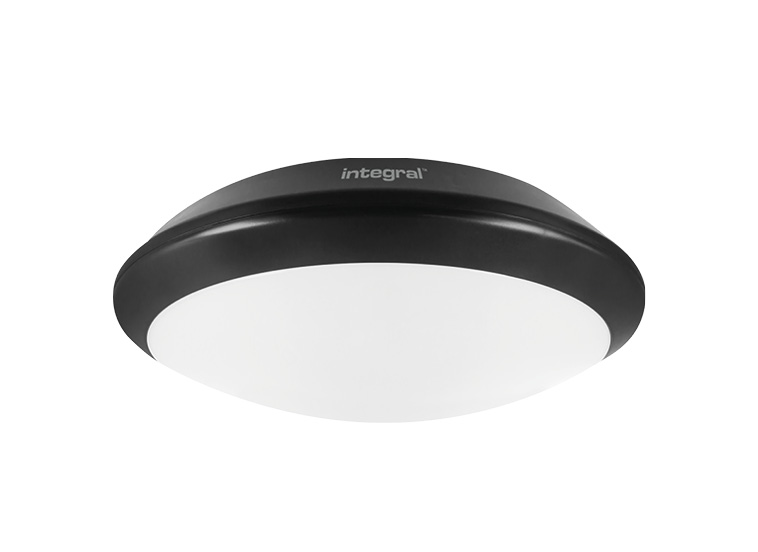What is Electrical Class?
In basic terms, the Electrical Class of a product indicates how the user of an electrical appliance is protected from electrical shock.
Electrical class (also referred to as Appliance Class or Electrical Appliance Class) is defined by the International Electrotechnical Commission (IEC), the world’s leading publisher on standards for electrical, electronic and related technologies.
Class I
Class I products include a built-in earth wire connection that has to be connected to the earth wire in the building in which it is installed. All metal parts of the product must be connected to the earth wire, or ‘Earthed,’ so that if any live conductor comes into contact with a metal part, or a fault causes a live connection to the metal part the earth connection will ensure that the circuit protection - such as fuses, RCDs and MCBs - are activated and isolating the product, making it safe. An Earth wire can be clearly identified by its green and yellow colouring.
Earth wire is recognisable by its distinctive green and yellow colouring
Class II
These products usually feature two layers of insulation between live components and users, which is why they are often known as “double-insulated” appliances. This removes the need for an earth connection as no single failure can result in dangerous voltage becoming exposed to the user.
Note:
You can have a metal bodied Class II product where the wiring and electrical components are double insulated from the metal of the product.
You can also have a Class II product with an ‘Earth’ connection where the earth is provided for product functionality such as EMC or as a connection continuity service for loop-in loop-out products.
The Integral Tough-Shell+ Bulkhead is an example of a Class II "double-insulated" luminaire
Class III
These products are supplied by a Separated Extra Low Voltage (SELV) power supply, which means the product does not receive a voltage high enough to cause or create an electric shock, therefore the safety features built into Class I and Class II products are not required.
LED Strip usually requires its own low-voltage power supply (Driver) so is therefore a Class III product
Is there a Class 0?
Class 0 products have been banned from sale in the UK since 1975. Class 0 products feature no earth connection and only one layer of insulation between live components and exterior metalwork. This means a single fault can potentially cause dangerous electric shock to the user.
Suggested Articles:
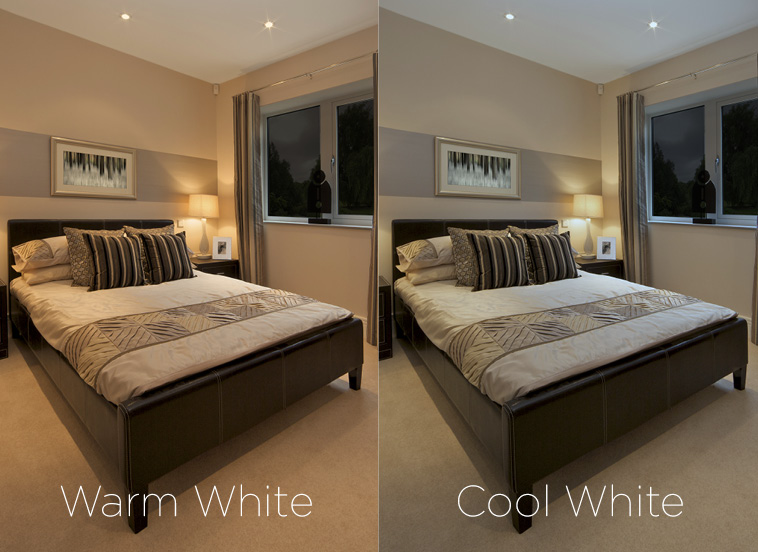
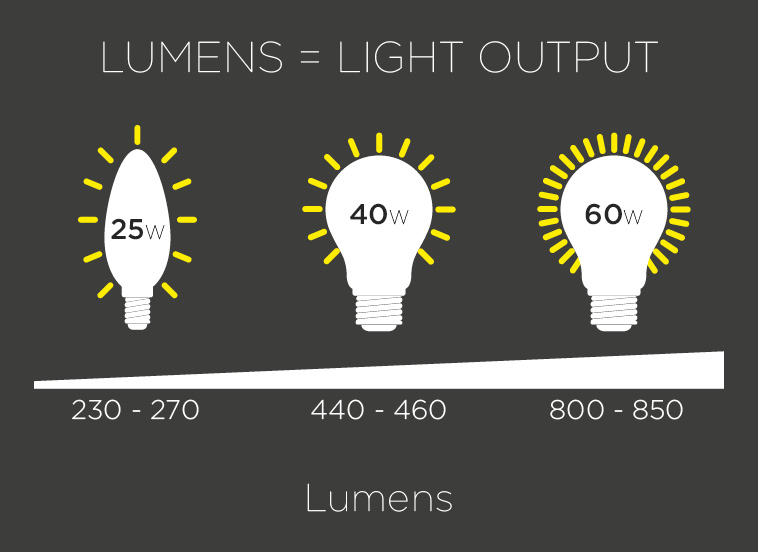
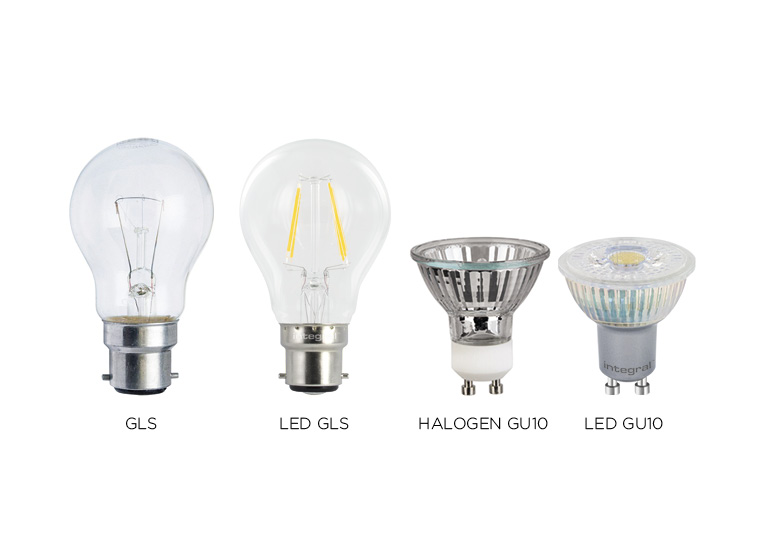
HIGHEST
QUALITY
COMPETITIVE
PRICES
EXPERTISE
EXTENSIVE
STOCK
NEWSLETTER
Sign-up to our newsletter and stay up to date with the latest product information and special offers.
